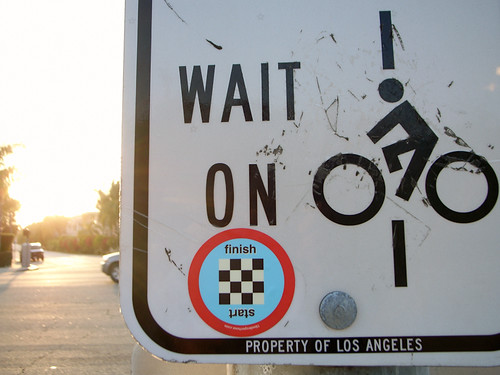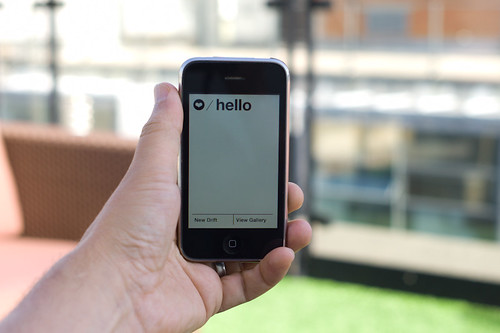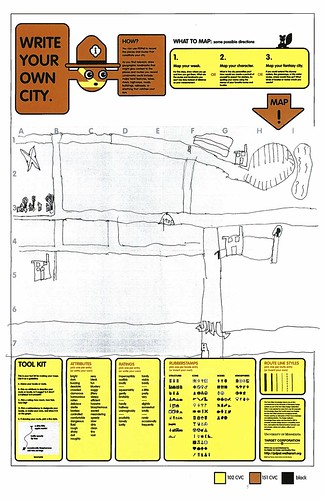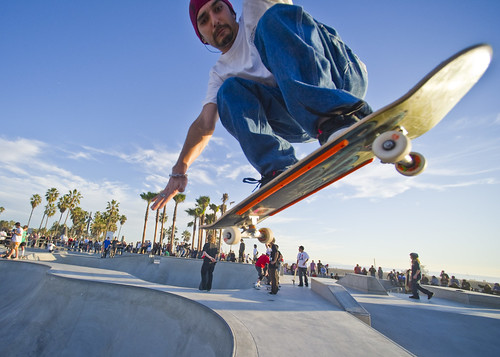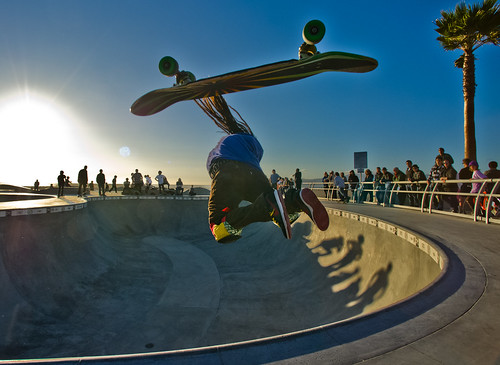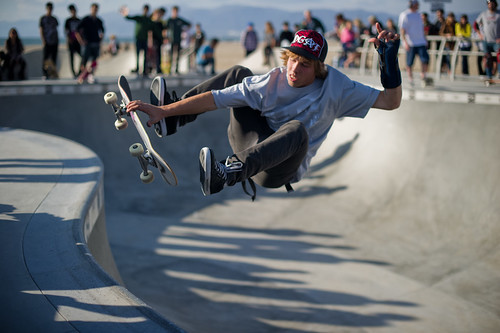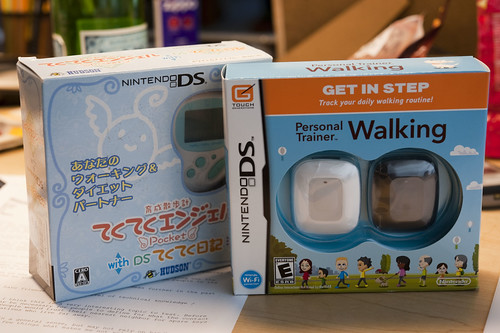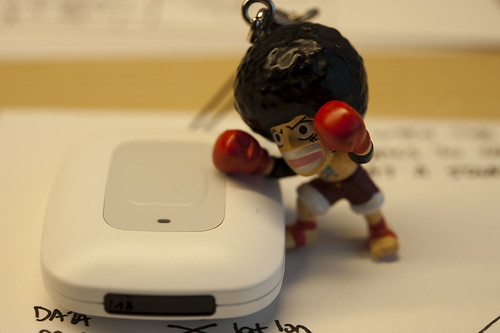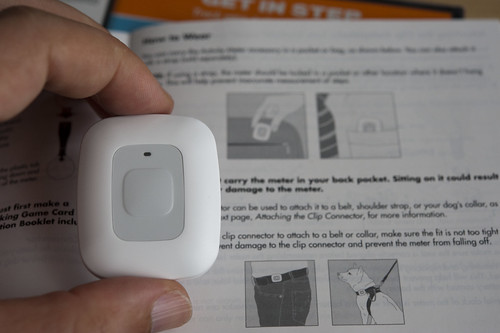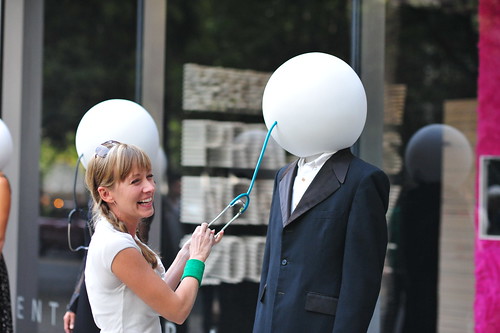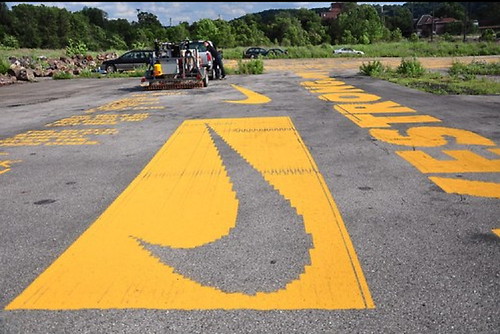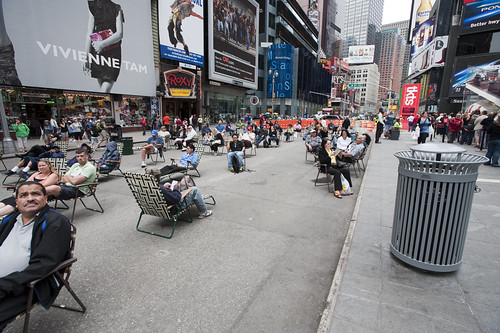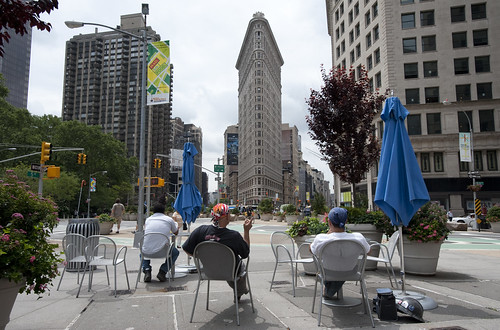I love the magically mundane virtual real world of Google Streetview, and like others I’ve longed for my 15 frames of blurry low-res Street View fame. So I’ve been wondering, how can I get into Street View without having to stalk the car and chase it down? Actually, I don’t just want to appear in Street View, I want to play in it and add things to it too. And I want to be able to invite my friends to join me on the street. I want to use Street View for more than looking at a random piece of the past. I want to use Street View as a place to make alternative presents and possible futures.
To help me fulfill this desire (and part of my thesis project), I’ve been prototyping magical portals to get into Google Street View.
I’ve also decided to launch a Kickstarter project to help take the prototype to the next level and see if other people might be interested in exploring this and other related ideas with me.
It turns out, making portals is also happens to be a good way to think about a lot of other things as well. For instance, why does the screen still feel like a glass wall between me an an interface? And how could I get around this wall in a fun and fluid way?
Lately, people have been really into using touch screens (pictures under glass) and gestures (lick a stamp!). But as cool as these things are, they still keep us on one side of the screen and the interface on the other. Not that I think we need to get rid of screens entirely and just have holograms in dark rooms every where. Screens are actually quite magical and we can take advantage of them. But what would happen if we could just make a little space for the real world between the screen and the interface?
Also, what other ways can we think about being co-present with people? There’s the completely CG virtual worlds, full of anonymity and low polygon fantasies. We also have plenty of banal desktop sharing and collaborative white boarding applications. Then there’s standard video conferencing which keeps people in their own separate boxes awkwardly avoiding eye-camera contact. And of course there’s always Real Life, but that’s bound by the rules of space and time. What if we could take a little from all these things and combine them into something that is both more real and more magical?
These are some of the things that I’ve been researching through making these portals. I’m not sure what other questions might come up as I move forward, but it’s a starting point for now.
If you’re interested in helping me explore these ideas while making these Portals, check out the Kickstarter project!




